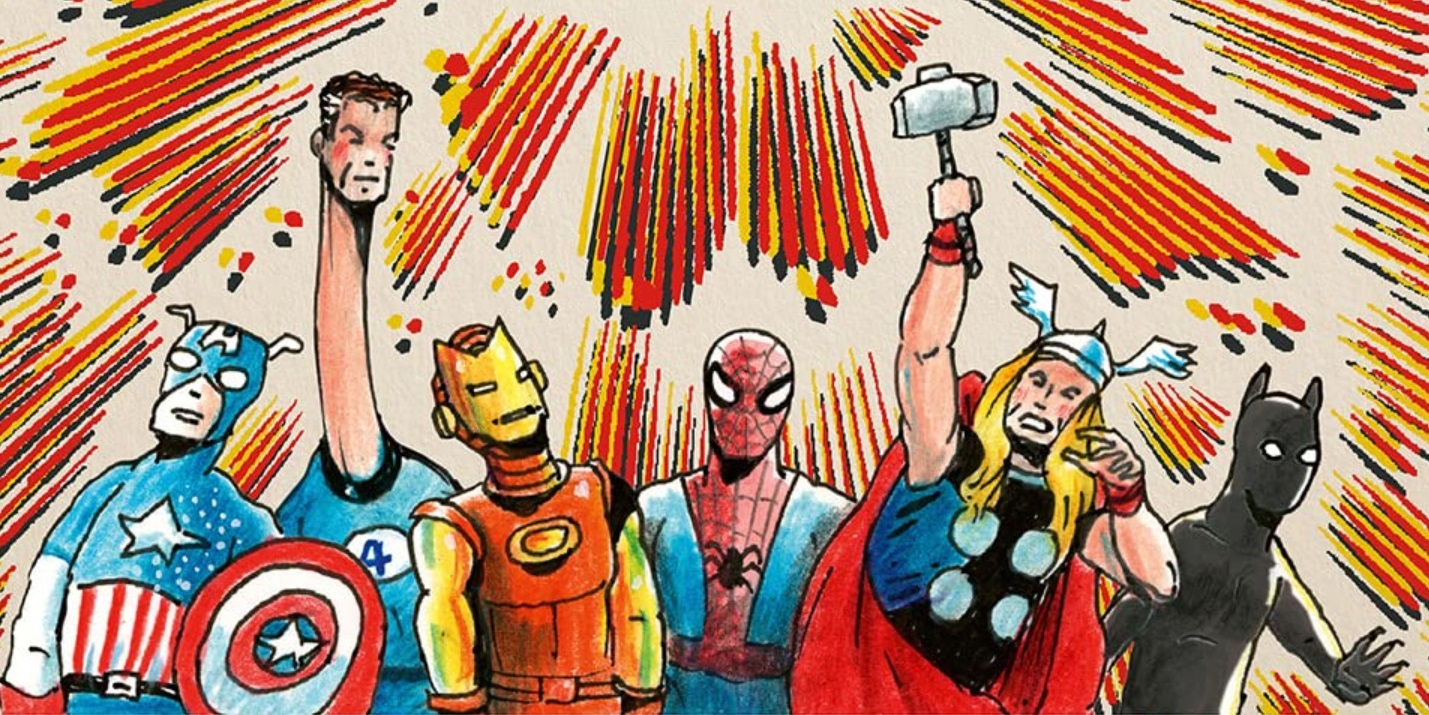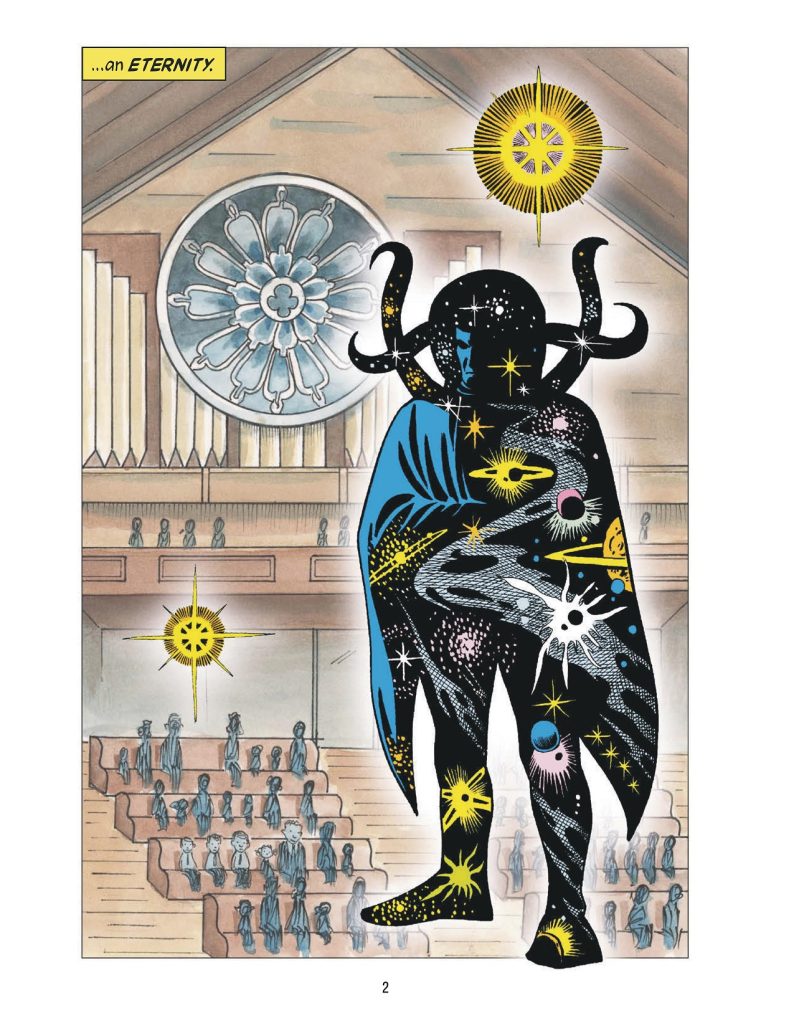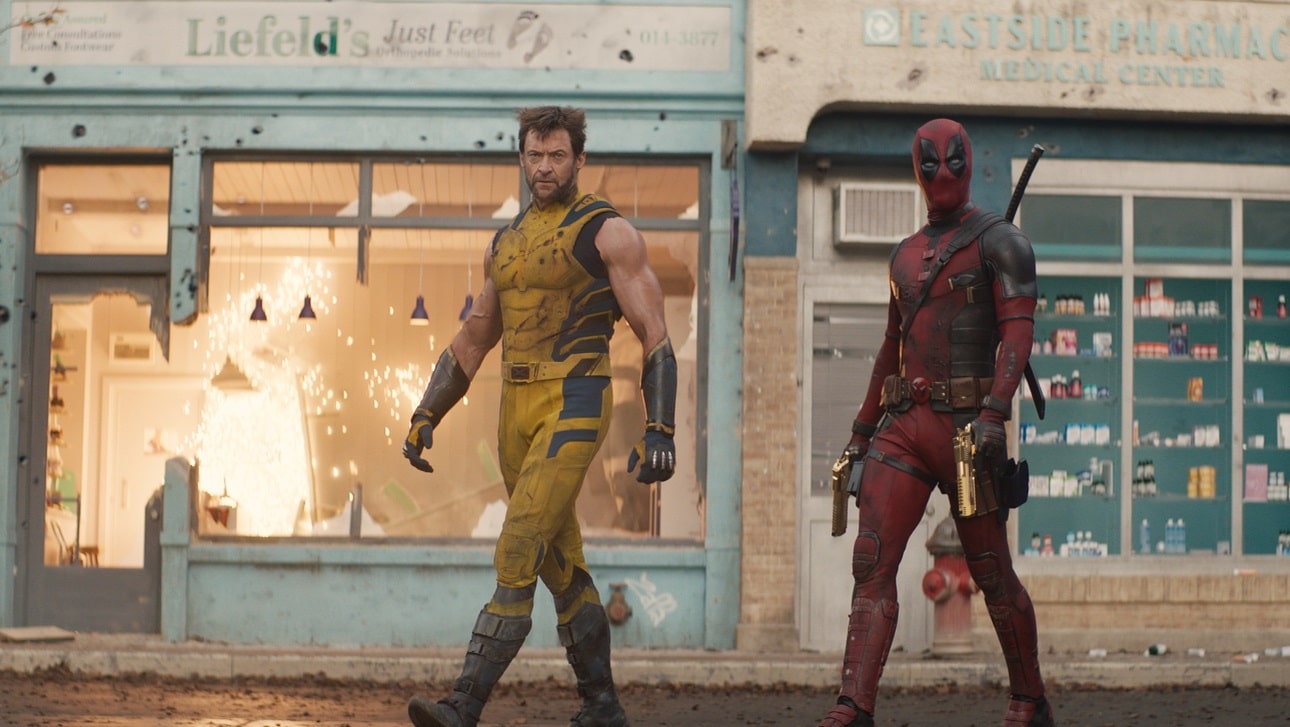Best known for his beloved syndicated comic strip MUTTS, cartoonist Patrick McDonnell, has accomplished quite a lot in his career including winning the Harvey Award for Best Comic Strip eight times as well as receiving four National Cartoonists Society Awards. That’s not to mention his work with various animal and environmental charities. With his latest graphic novel project, The Super Hero’s Journey, McDonnell is exploring the Marvel Universe through a meta odyssey that combines that classic comic book pages with McDonnell’s original art in this original tale of love, hope, and redemption.
The Beat had the fortune of interviewing McDonnell via email to discuss the graphic novel. The acclaimed cartoonist not only revealed the genesis of the project but also the themes and deeper meanings of the graphic novel
Taimur Dar: I guess the obvious first question is, what is the genesis of this project? When Abrams approached you was it pretty carte blanche or were you given any guidelines or restrictions?
Patrick McDonnell: I had just finished Heart to Heart, a book collaboration with the Dalai Lama, when Abrams editor and friend Charles Kochman asked if I’d like to try working with the Marvel super heroes and be part of Alex Ross‘s new curated line, MarvelArts. Charlie and Abrams are extremely artist-friendly and, as you suggest, gave carte blanche. What came from that was The Super Hero’s Journey, a graphic novel mash-up of my art combined with classic pages and panels of Lee, Kirby and Ditko. Woven together, these pages tell a new story in a new way. The best part was that Marvel was open and supportive of something so different in their universe.
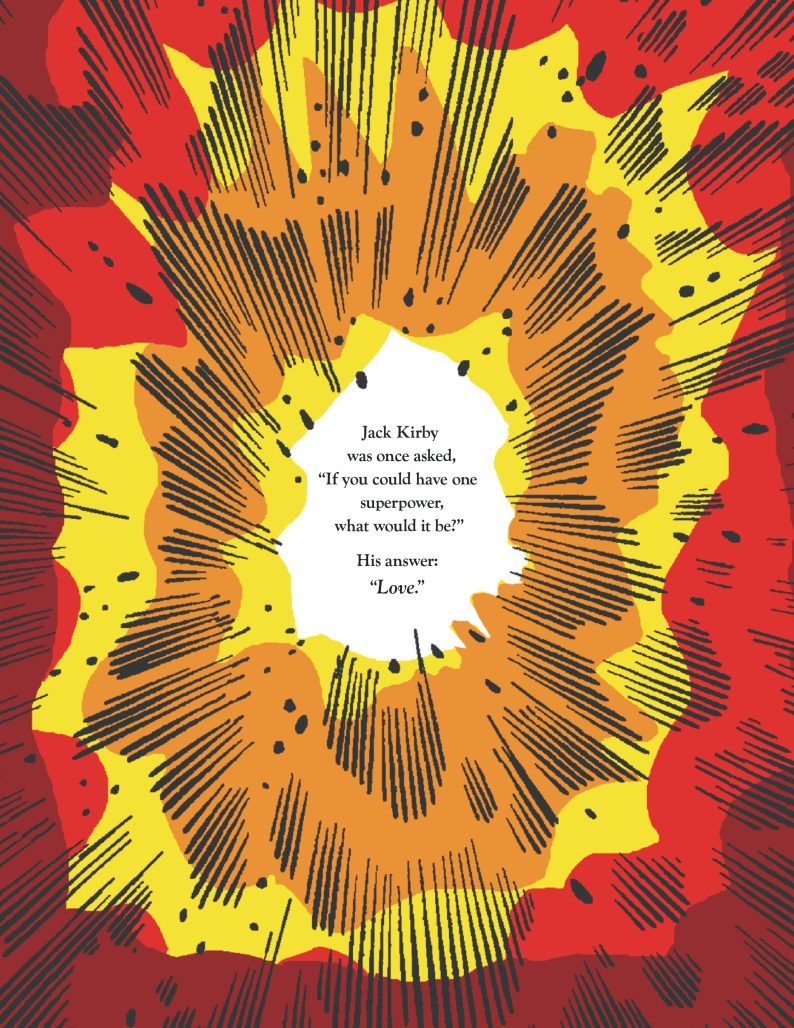
McDonnell: I had a vague idea for the story at the start. I knew the Watcher and Mr. Fantastic would take the lead, and that there would be as many superheroes as possible included. One of my favorite comic books as a kid, Fantastic Four Annual #3 (Reed and Sue’s Wedding) was a major inspiration. A main staple in these early books was heroes-fighting-heroes so I began searching for and collecting these panels, among others. It was a joy rereading all the classics. I stayed open to pages that surprised me and might help shape the story. I became like the Watcher, witnessing the story unfold and trying to not interfere.
Dar: You’re very specific and focused with which early ’60s era Marvel characters you incorporated and used for the graphic novel. Were there any characters you wanted to include or feature, like the X-Men or Daredevil, but couldn’t fit into the story you were telling?
McDonnell: When growing up, the original X-Men were my favorite, but I couldn’t find the way to organically fit them in. Maybe that’s another book someday. I also thought Doctor Strange would be a natural for the storyline, but he too didn’t make the cut; the Watcher was supplying more than enough spiritual energy.
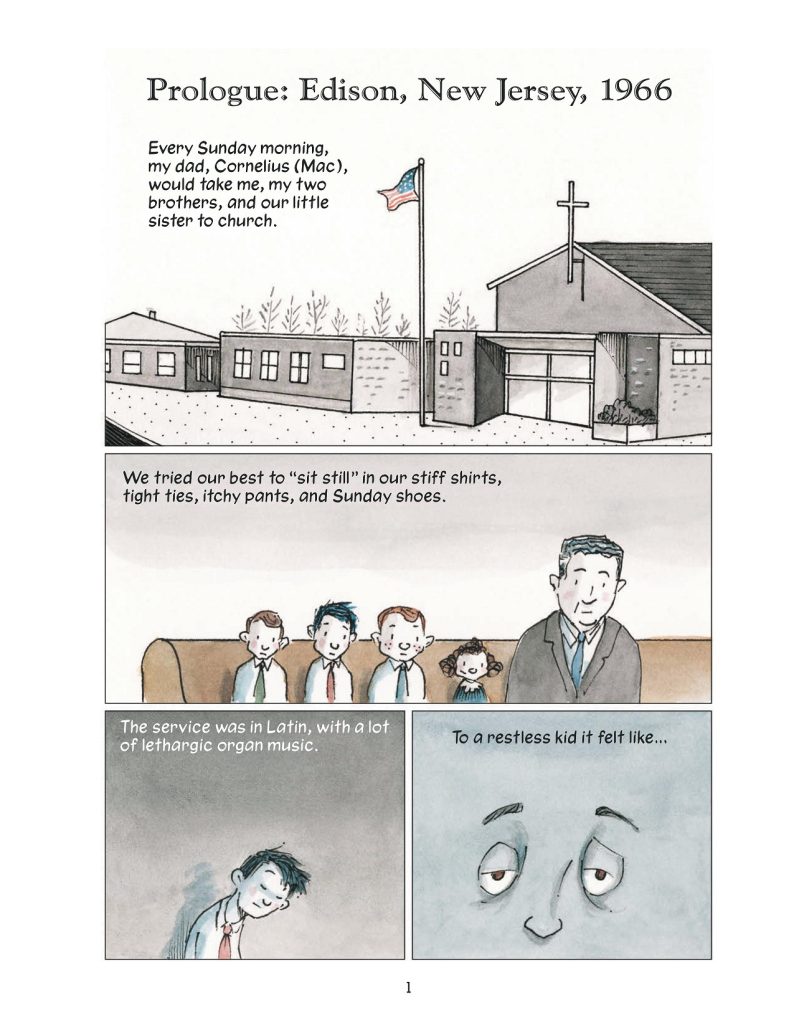
McDonnell: My original idea was to have Mr. Fantastic explore the alternate world of old comic book ads like Sea Monkeys. Legally I couldn’t make that work, so love comics got in by default. That was one of the happy surprises. Using the romance books helped me explore and expand on our villain, Doctor Doom. The wedding dress cover is my favorite – the dialogue is verbatim. I was amazed how villain-like those romance characters sounded. Doctor Doom would be proud.
Dar: The term “meta” gets overused a bit these days. Perhaps the best definition I’ve heard of meta-narrative is from the late Dwayne McDuffie who described it as a storytelling device that allows one to comment about genre fiction while still delivering the tropes that audiences expect. With that in mind, how do you view the meta aspects of the graphic novel?
McDonnell: That’s a great definition. I’m a big fan of meta treatments in comics and play with that device often in my comic strip MUTTS. In The Super Hero’s Journey I tried to capture and combine the fun and energy of those early comics with the love and wonder I had reading them as a child. The book has meta moments but hopefully also tells a solid Marvel super hero story. I followed my heart and did my best, enjoying every second of it
Dar: As timeless as this graphic novel is, the story and themes like the human spirit facing off against overwhelming negativity is definitely relevant considering the last few years. How much did recent world events influence and inform the graphic novel?
McDonnell: The world on fire, the rise of negativity, the divisiveness of neighbors fighting neighbors, and everyone looking for answers and for reasons to hope – the book was very much influenced by the world around us.
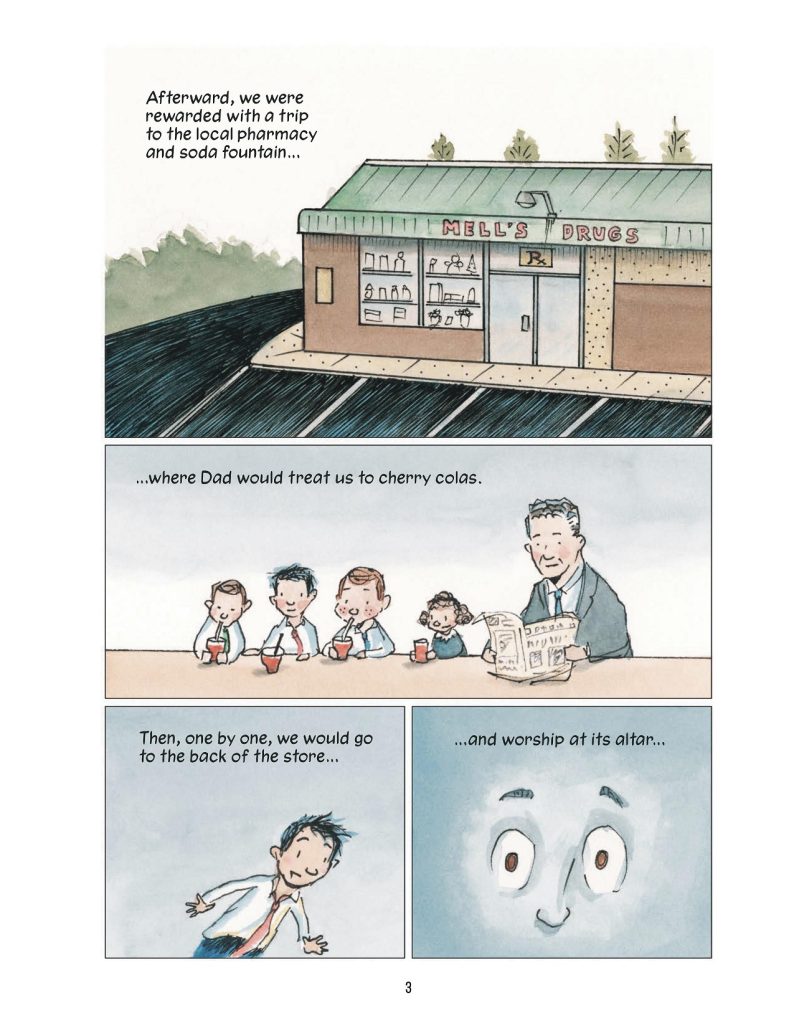
McDonnell: Most definitely. Storytelling and creating art bring us together, and bring out the best in us. Many people have told me that they relate to the book because they too have deep rooted childhood memories of their first Marvel comic books. After reading The Super Hero’s Journey, people have shared with me their own stories and the specifics of how comic books came into their lives. The Super Hero’s Journey is really a Marvel graphic novel about loving comics.
Dar: Finally, it goes without saying that the comics industry is in a transitional phase right now. What are your views and opinions about some of the changes and the current status of the industry?
McDonnell: Everything’s changing and will continue to evolve but I believe that the basics – telling stories with words and pictures – will never go away. It’s in our DNA.
The Super Hero’s Journey arrives tomorrow September 26th



